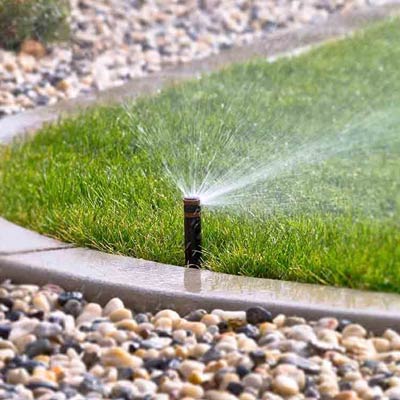Watering your garden is crucial. It’s important to water it before a drought sets in to prevent a water deficit, and you should water in the evening to minimize evaporation. The frequency and amount of watering will depend on the type of soil you have. Soils with light, sandy textures need more watering than heavy clay soils. The Royal Horticultural Society recommends 24 litres per square meter, every seven to 10 days.
Plants need water to survive
Water is an essential element for plants, and every cell needs it to survive. Without it, plants can’t carry out their functions like photosynthesis, respiration, or translocation of food and nutrients. Soil contains a certain amount of water that plants require to grow, and it can affect how much water your plants need.
Watering your plants directly into the soil is the best way to provide proper moisture and prevent evaporation and bacterial disease. You can also spray your plants with water to keep insects and diseases at bay. If the weather is hot, hosing them down will also reduce the amount of fine dust on their leaves, which decreases their ability to photosynthesize. Cooling rain can also help cool down hot plants, though it won’t last very long if the weather is sunny.
It’s important to water your plants enough to keep them healthy and upright. Water helps plants absorb nutrients from the soil, and if you don’t give them enough, they’ll not be able to support their own weight. Different species of plants need different amounts of water, and how much you give them can make a huge difference to their health. Moreover, overwatering your plants can lead to root rot, which is a major problem for home gardeners. Water on leaves can also cause mold, and water that lingers around the roots can prevent oxygen from entering the plant.
Saving water in a garden
There are many ways to save water in a garden. One of the best ways is to water your garden at night when the temperature is cooler and plants can absorb more water. The cool air also makes water evaporate slower. Another option is watering in the morning before the temperature rises. The amount of water you need to provide to your garden plants also depends on the type of soil you have. For example, light sandy soils require more water than heavy clay soils.
Another way to save water in a garden is to use rainwater instead of water from your tap. You can install water butts that attach to your downpipes. You can even find slimline models for smaller gardens. If you don’t want to install a water butt in your garden, you can also use water-retaining gel or crystals in your containers. You can even use an organic seaweed-based option. In addition, you can use polythene sheets to cut down on evaporation and water loss.
Using rainwater
Rainwater is a natural source of water for plants. Unlike tap water, it contains no chemicals and is free of toxins. Rainwater also cleans the soil and leaches away salts. This helps the roots of plants absorb more water and tolerate drought better. This means less money spent on chemical fertilizers and pesticides. Using rainwater to water your garden is a great way to reduce the amount of water you spend on watering your plants.
When using rainwater to water your garden, you should make sure to follow certain precautions. First, it is important to wash your hands thoroughly after contact with rainwater. This is because the water could contain bacteria. Secondly, it is important to use the proper equipment. In addition, a rain barrel should be designed with a lid so that animals and children cannot open it.
Using sprinklers
Sprinklers are a great tool to water your garden. You can set them up to water specific areas of your garden, or they can be used on the entire lawn. Sprinklers are important for managing water in your garden, but they should be used carefully. If used improperly, they can cause damage to your plants or wastewater.
Sprinklers can help prevent the spread of diseases that affect water-loving plants. They also reduce water loss due to evaporation. However, they can also increase the risk of fungal and bacterial infections. In addition, sprinklers spread water droplets unevenly, which can carry them away to neighboring yards. In addition, if you have a large garden, you may want to rotate your sprinkler units regularly to ensure even distribution.
Using a moat or dam to keep water in a garden
Using a moat or dam to hold water in a garden can help prevent the waste of water. This type of garden irrigation is cost-effective and labor-intensive. It can also prevent water from evaporating into the surrounding environment. It consists of two large wheels linked together by a chain. As the wheels turn, buckets attached to the chain collect the water. They are lifted to the upper wheel where the water is deposited into the source, while the empty bucket is carried back down to the lower wheel.
Moats or dams have many uses in gardens. They have become popular among bonsai and are sometimes used for pest control. In ancient Egypt, a moat was used for this purpose. This ditch was usually quite wide and deep, around the height of a person. The water would sometimes flow through it, but it was also usually dry.
Contact a Landscaping Expert
Watering your lawn with the correct amount can be a tedious job for you. Luckily, we are experts in landscaping services and we can help you with all your questions about your lawn care. Send us a message and we will get with you right away. At Huizar’s Landscape & Maintenance we can help you with your next landscaping project and we would love to hear about it! Please don’t hesitate to write or call us. Let us help you!




